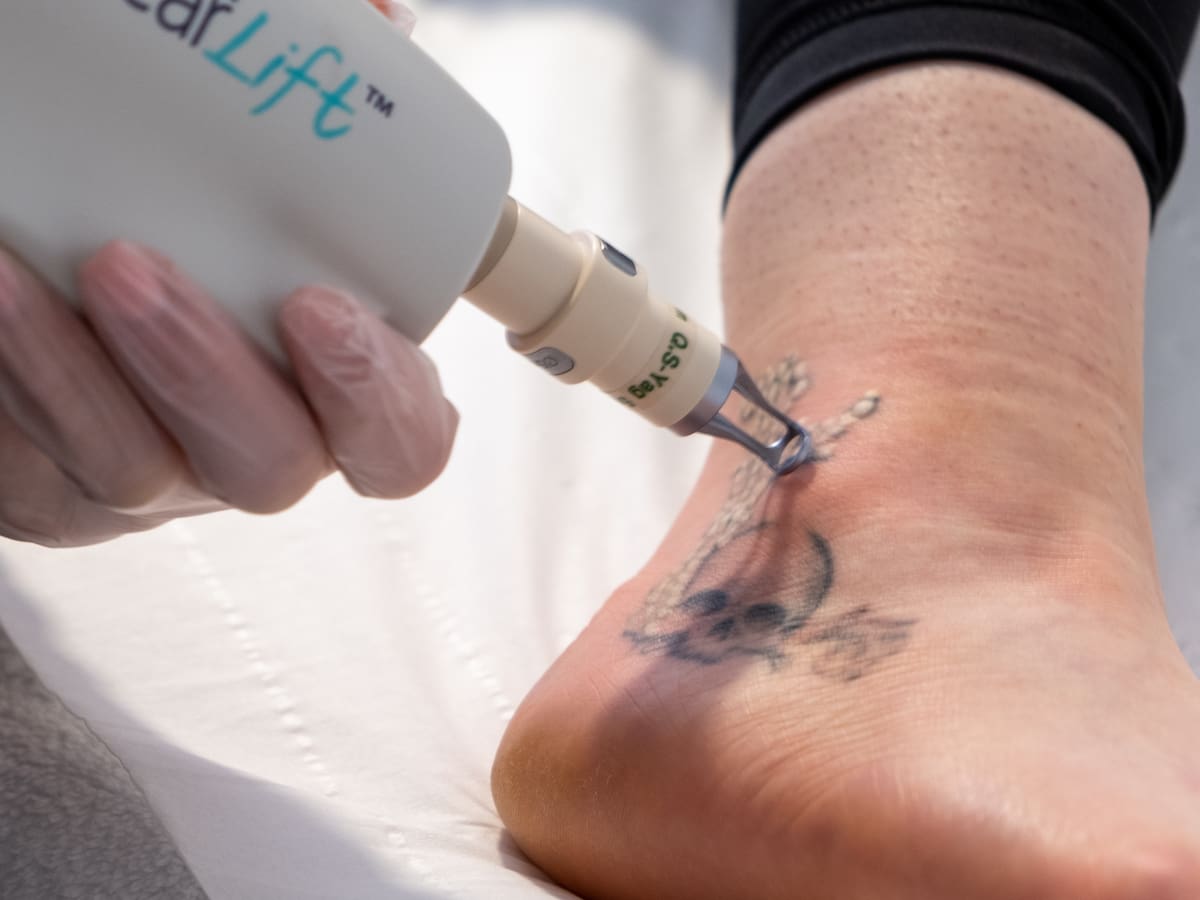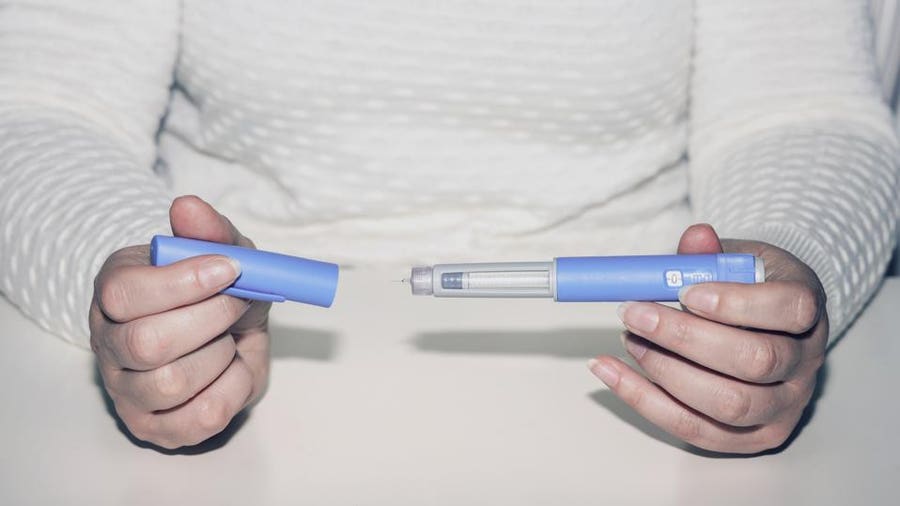Laser Tattoo Removal in Dubai: Understanding the Importance of Skin Tone and Ink Color

Laser tattoo removal has become an increasingly popular method for those looking to erase or lighten unwanted tattoos. In Dubai, a global hub for cutting-edge cosmetic procedures, advanced laser technology is widely accessible. However, the effectiveness of tattoo removal depends on several factors, with skin tone and ink color being two of the most significant. Understanding these variables can help individuals seeking laser Tattoo Removal Dubai achieve better results.
How Laser Tattoo Removal Works
Laser tattoo removal operates by breaking down the ink particles embedded in the skin using high-intensity light beams. The laser's energy targets the tattoo pigment, fragmenting it into smaller particles that the body's immune system can naturally eliminate. This process requires multiple sessions and varies based on the tattoo's size, location, color, and depth.
Role of Skin Tone
Skin Tone and Laser Technology
The success of laser tattoo removal is closely tied to an individual's skin tone. The laser is designed to target the pigment in the tattoo while leaving the surrounding skin unaffected. However, for those with darker skin tones, the melanin in the skin can absorb some of the laser energy, which may complicate the treatment process.
Laser Settings for Different Skin Tones
Different laser settings are required for varying skin tones to ensure safety and effectiveness. Lighter skin tones can often tolerate higher-intensity laser treatments, which means faster ink removal. On the other hand, individuals with darker skin tones require lasers with longer wavelengths to minimize the risk of skin damage. Customizing the laser treatment to match the skin tone is crucial for optimal results.
Healing Process and Skin Tone
The healing process after laser tattoo removal can also differ based on skin tone. Lighter skin may heal more quickly and with less risk of complications, while darker skin tones may require extra time for healing. Proper care and patience are important for all skin types to ensure that the skin regenerates properly after each session.
Ink Color in Laser Tattoo Removal
How Ink Color Affects Laser Tattoo Removal
Ink color is another essential factor that affects the outcome of laser tattoo removal. Some colors are more easily removed than others, as different laser wavelengths target different ink pigments. Black ink, for example, absorbs all laser wavelengths and is typically the easiest color to remove. Conversely, colors like green, blue, and yellow can be more challenging, as they require specific wavelengths to break down the pigment effectively.
Multi-Color Tattoos and Laser Treatment
For tattoos with multiple colors, the removal process becomes more complex. Different lasers or adjustments in wavelength may be necessary to treat each color separately. For instance, a laser that works effectively on black ink may not be suitable for green or blue pigments. Therefore, multi-colored tattoos may take longer to remove and require more sessions.
Advances in Laser Technology
Recent advances in laser technology have made it possible to target a wider range of ink colors, including previously difficult-to-remove hues like green and blue. In Dubai, many clinics use advanced laser systems that allow for more precise targeting of these challenging ink colors, increasing the chances of successful removal for colorful tattoos.
Skin Tone and Ink Color
Matching Laser Settings
For the best laser tattoo removal outcomes, the treatment must consider both skin tone and ink color together. The laser settings must be adjusted to ensure that the ink pigment is effectively targeted without affecting the surrounding skin. This balance is particularly important for those with darker skin tones and tattoos with multiple colors, as the risk of uneven skin tone or incomplete removal is higher.
Customizing Treatments
In Dubai, laser tattoo removal specialists often perform a patch test before beginning full treatment to determine the appropriate laser settings for a particular combination of skin tone and ink color. This ensures that the laser can effectively break down the tattoo pigment without causing unnecessary skin irritation or damage. Each session can then be tailored to the individual’s unique skin and tattoo characteristics, ensuring a more customized and effective removal process.
Tattoo Placement and Its Impact on Removal
Tattoo Location and Laser Effectiveness
While skin tone and ink color are crucial factors in laser tattoo removal, the location of the tattoo also plays a role in the treatment's effectiveness. Tattoos on areas with thin skin, such as the wrists or ankles, may be easier to treat than those on areas with thicker skin, such as the back or thighs. Additionally, tattoos on parts of the body with higher blood circulation, like the chest or arms, may fade faster as the body’s immune system works to eliminate the ink particles more efficiently.
Tattoo Depth and Skin Structure
The depth at which the tattoo ink is embedded in the skin can also affect the removal process. Tattoos that have been applied with heavy-handed techniques may have ink deeply embedded, making it harder for the laser to reach and break down the pigment. Shallower tattoos, where the ink sits closer to the surface of the skin, tend to respond better to laser treatments.
Preparation for Laser Tattoo Removal
Pre-Treatment Skin Care
Before undergoing laser tattoo removal, preparing the skin properly is essential for a smoother treatment process. Keeping the skin hydrated and protected from the sun helps ensure that the laser can target the ink effectively without causing additional skin stress. Individuals with darker skin tones, in particular, should avoid excessive sun exposure before treatment, as tanned skin can interfere with laser settings and reduce the treatment's efficacy.
Post-Treatment Skin Recovery
After each laser session, proper post-treatment care is critical for promoting skin healing and preventing any unwanted pigmentation changes. Patients are generally advised to keep the treated area clean and avoid direct sun exposure, as UV rays can darken the skin and slow down the removal process. Depending on skin tone, extra precautions may be necessary to ensure that the skin recovers evenly without discoloration.
Duration and Number of Sessions
Variability in Session Requirements
The number of sessions required for complete tattoo removal depends on the combination of skin tone, ink color, and tattoo size. For individuals with lighter skin and black ink tattoos, fewer sessions may be needed, while those with darker skin or tattoos with multiple colors may require more extensive treatment. Each session gradually breaks down the ink particles, with noticeable fading occurring over time.
Patience and Realistic Expectations
Regardless of skin tone or ink color, it’s important for individuals undergoing laser tattoo removal to have realistic expectations about the process. Tattoo removal is a gradual procedure, and complete results may take months to achieve. Patience is essential, as rushing the process or opting for higher-intensity treatments could result in skin damage.
Conclusion
Laser tattoo removal in Dubai is a highly effective and advanced procedure, but success depends largely on understanding the interplay between skin tone and ink color. With the right laser technology and customized treatment plans, individuals of all skin tones can achieve significant tattoo fading or removal. By considering these factors, individuals can better prepare for the process and enjoy the best possible results from their laser tattoo removal experience.
Note: IndiBlogHub features both user-submitted and editorial content. We do not verify third-party contributions. Read our Disclaimer and Privacy Policyfor details.







